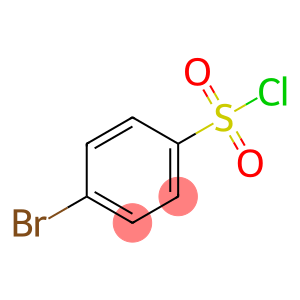3-Bromo-2-hydroxy-5-nitropyridine(CAS# 15862-33-6)
Risk and Safety
| Risk Codes | R22 – Harmful if swallowed R37/38 – Irritating to respiratory system and skin. R41 – Risk of serious damage to eyes |
| Safety Description | S26 – In case of contact with eyes, rinse immediately with plenty of water and seek medical advice. S39 – Wear eye / face protection. |
| UN IDs | UN 2811 6.1 / PGIII |
| WGK Germany | 3 |
| Hazard Note | Irritant |
| Hazard Class | IRRITANT, KEEP COLD |
Brief introduction
3-Bromo-5-nitro-2-hydroxypyridine is an organic compound commonly abbreviated as BNHO.
Properties: Appearance:
- Appearance: BNHO is light yellow crystal or crystalline powder.
- Solubility: it is slightly soluble in water, soluble in alcohol, ether and other organic solvents.
Uses:
- Pesticide raw material: BNHO can be used as raw material for the synthesis of certain pesticides.
Preparation method:
There are two common preparation methods: one is through the alkylation reaction of bromobenzene and 2-hydroxypyridine to get 3-bromo-2-hydroxypyridine, and then react with nitric acid to get 3-bromo-5-nitro-2-hydroxypyridine. The other is through the reaction of 2-bromo-3-methylpyridine with nitric acid to obtain 3-bromo-5-nitro-2-hydroxypyridine.
Safety Information:
- BNHO is an organohalogen compound that is toxic and irritating and protective measures should be observed.
- Avoid contact with skin, eyes and mucous membranes; in case of contact, flush immediately with plenty of water.
- Wear appropriate personal protective equipment, such as laboratory gloves and safety glasses, when using and preparing it.
- Avoid inhaling its vapour or dust and operate in a well-ventilated place.
- It should be stored in a dry, cool and ventilated place away from ignition sources or oxidising agents.








